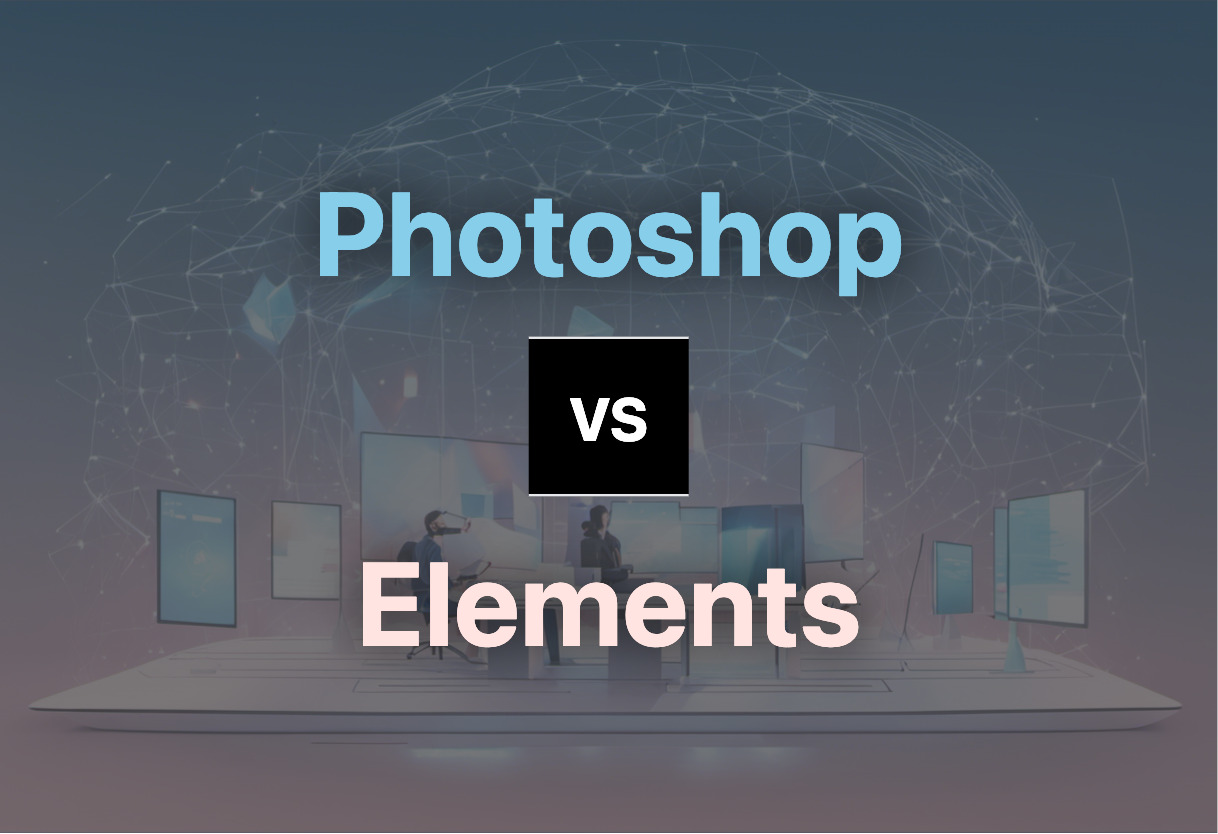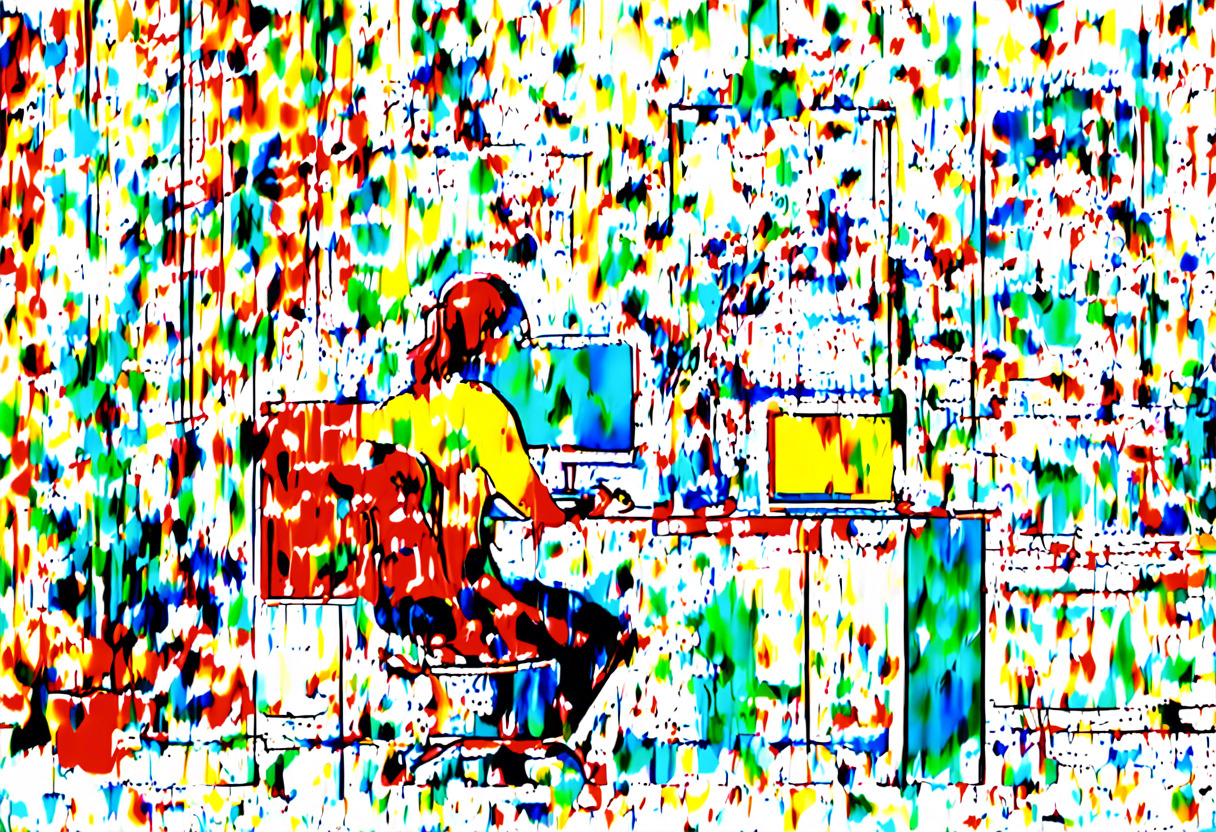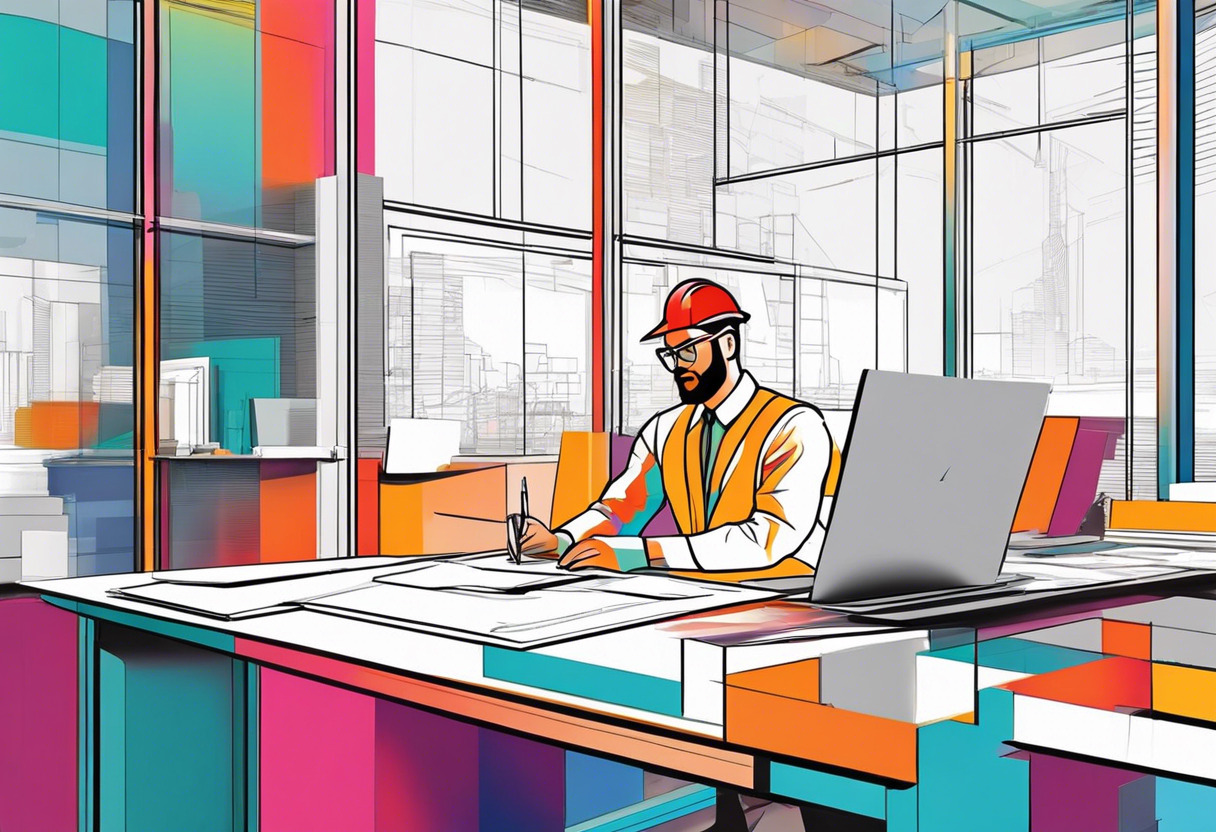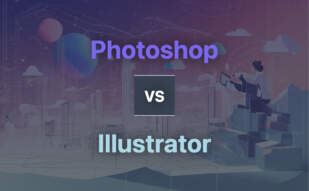Photoshop is the go-to for professional image editing, with its comprehensive features like layers, advanced brush tools, and file type compatibility. It suits graphic designers, illustrators, and web developers. Elements, on the other hand, is better suited for the casual user needing basic image editing functions without Photoshop’s complexity.

Key Differences Between Photoshop and Elements
- Application: Photoshop is used by professionals including graphic designers, web developers, and photographers, while Elements is for amateur designers and casual users.
- Complexity: Photoshop’s extensive features require a learning curve, while Elements is comparatively simplistic.
- Capabilities: Photoshop carries advanced features like multiple layers, blending modes, and supports several file types. Elements provides basic photo editing.
- Price: Photoshop is priced higher and is part of Adobe’s Creative Cloud, whereas Elements is a cheaper, standalone alternative.
Sure! Here’s a comprehensive table that compares Adobe Photoshop and RAM Elements. “`HTML
| Comparison | Adobe Photoshop | RAM Elements |
|---|---|---|
| Developed By | Thomas and John Knoll | RAM International |
| Used For | Image creation, graphic design, photo editing | 3D Structural analysis and design |
| Key Features | Layers, Adjustment Layers, Healing Brush, Clone Stamp Tool, Crop Tool, Color Balance, PSD and PSB file formats support | 3D Finite Element Analysis, Used for design of various structures, Offers 24/7/365 technical support with Perpetual License |
| Users | Graphic Designers, Web Developers, Photographers, Illustrators | Architects, Engineers, Construction Professionals |
| Suitable for Projects | Print projects, website designs, logos, digital arts | Steel, concrete, cold-formed steel, timber, masonry projects |
| System Requirements | Windows OS or Mac OS | Processor: 1.3 GHz or faster, OS: Microsoft Windows 10 or higher, RAM: 2 GB minimum, Disk Space: 675 MB for installation, 2 GB for model analysis |
“` Note: For ‘RAM Elements’, the details provided in the prompt were very limited. You might want to add more context or specific details especially regarding its initial release, the developing company, the latest version etc.
What Is Photoshop and Who’s It For?
Photoshop is a trailblazing image creation and graphic design tool by Adobe. First introduced to the world by Thomas and John Knoll in 1988, it has consistently held its ground as the linchpin of professional digital art and the primary tool for raster graphics editing. Its in-depth layer-based editing system with multiple overlays and range of tools, including Adjustment Layers, Clone Stamp, Healing Brush and more, make it perfect for a variety of projects. Its reach spans not just image and text editing, but also 3D graphics and video rendering.
This industry-accepted standard software is primarily suited for Graphic Designers, Web Developers, Photographers, and Illustrators. If you belong to these professions or aspire to dip your toes in the realm of digital art, Photoshop could be your weapon to conquer the creative world.

Pros of Photoshop
- Complete raster graphics editing solution
- Diverse range of tools and features
- Supports text, vector graphics, 3D graphics, and video
- Availability of plug-ins to expand functionality
Cons of Photoshop
- May seem overwhelming for beginners
- Costly as compared to other alternatives
- Complexity requires time to master the software
What Is RAM Elements and Who’s It For?
RAM Elements is a robust 3D structural analysis and design software from the house of Bentley Systems. This tool is extensively used in the design and analysis of various structures concerning a range of materials including steel, concrete, timber, and masonry. Its features extend to 3D finite element analysis used for designing trusses, frames, retaining walls, and more. User testimonials typically praise the software for efficiency in resource utilization and material selection.
The target market for RAM Elements primarily consists of architecture firms, structural engineers, contractors working on commercial structures, and independent designers. If you are involved in the structural design process and would benefit from cutting-edge analysis systems, RAM Elements should be on your radar.

Pros of RAM Elements
- Comprehensive capabilities in 3D structural analysis and design
- Used for a host of different structures and materials
- Elegant user interface and detailed tutorials
- Facilitates resource and materials efficiency
Cons of RAM Elements
- High system requirements
- Subscription model might be costly for small firms
- Lack of features seen in some competitors
Photoshop vs Elements: The Final Verdict
This final verdict pits tech titans against each other. The choice between Photoshop, a professional graphics editing heavyweight, and Elements, a generalized entity requiring more context, hinges on user requirements. Let’s break it down.
Graphic Designers/ Web Developers
Photoshop proves itself as a dominant tool for graphic designers and web developers. Its
- varied brushes
- Healing Brush
- History Brush
among others, create a canvas for high-level graphic design, making it a clear winner for this segment. 
Photographers/ Illustrators
For photographers and illustrators, Photoshop, again, is a superior choice. With its
- Layer-based Editing System
- PSD and PSB file formats support
- Multiple overlays support
the gates to artistic grandeur are open wide. 
Structural Designers/ Masonry Contractors
RAM Elements on the other hand, becomes indispensable for structural designers and masonry contractors. Offering
- 3D finite element analysis
- Designing capabilities for various structures
this software is a clear winner for professionals in structural design. 
The choice between Photoshop Vs Elements ultimately hinges on the user: Graphic Designers/Web Developers and Photographers/Illustrators will find Photoshop unmatched, while Structural Designers and Masonry Contractors may lean towards RAM Elements.
Hannah Stewart
Content writer @ Aircada, tech enthusiast, metaverse explorer, and coffee addict. Weaving stories in digital realms.





